Home>Articles>How To Find Broken Electrical Wire Underground
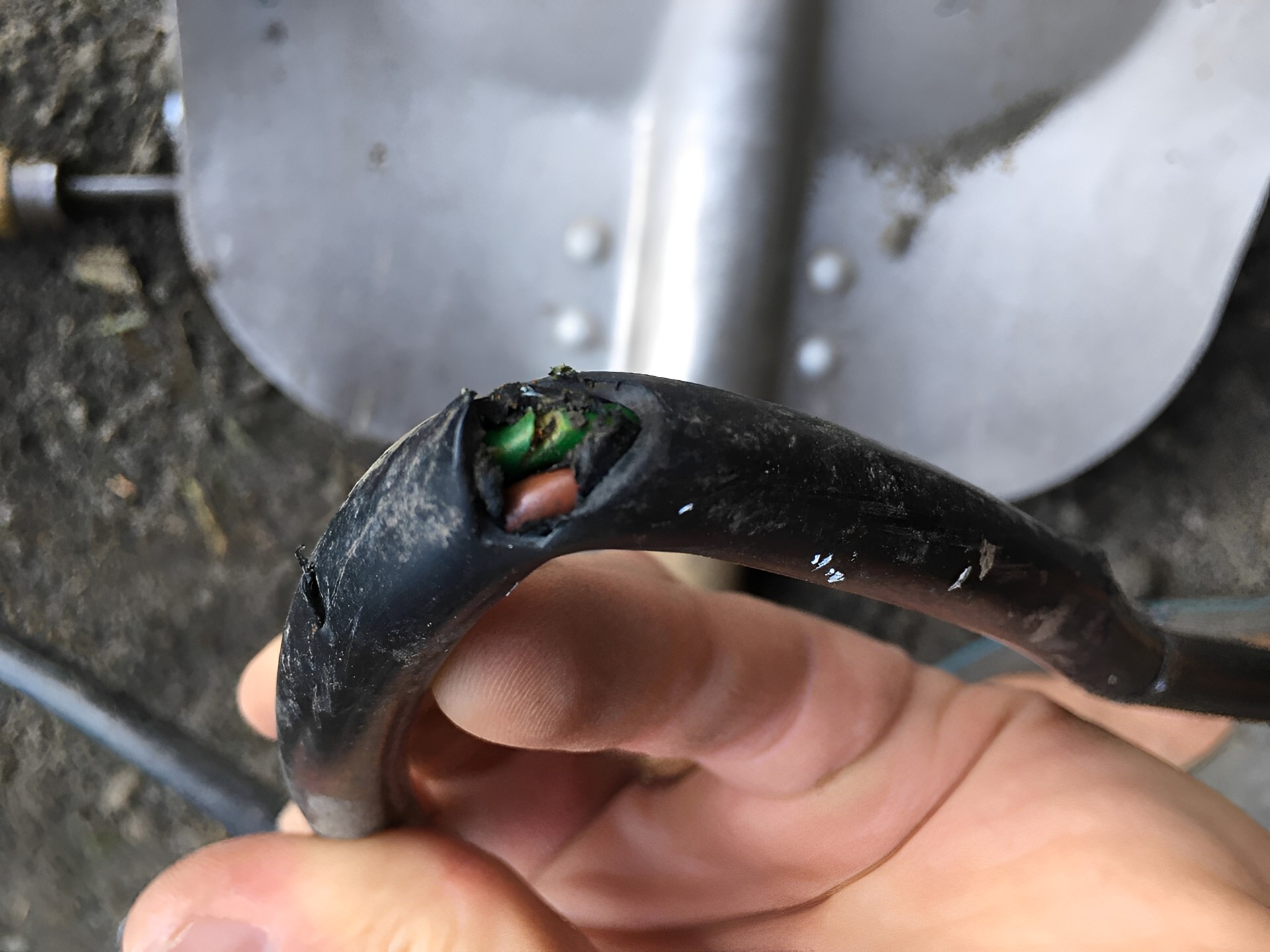

Articles
How To Find Broken Electrical Wire Underground
Modified: May 6, 2024
Learn how to find and fix broken electrical wires underground with these helpful articles.
(Many of the links in this article redirect to a specific reviewed product. Your purchase of these products through affiliate links helps to generate commission for Storables.com, at no extra cost. Learn more)
Introduction
Finding broken electrical wires underground is an essential task for homeowners and electricians alike. Underground wiring is commonly used for various purposes, including powering outdoor lights, irrigation systems, and electric fences. However, over time, these underground wires can become damaged due to a variety of factors such as corrosion, rodents, or accidental damage during construction work.
Locating and repairing these broken wires is crucial to ensure the safety and functionality of your electrical system. Not only can broken wires disrupt the flow of electricity and cause power outages, but they can also pose serious hazards, including electrical shocks and even fire. Therefore, it is important to be aware of the signs of broken underground wires and to know how to find and fix them.
In this article, we will explore the reasons why locating broken electrical wires underground is important and provide a step-by-step guide on how to do it. We will also discuss the common causes of underground wire breakage, the tools and equipment needed for the task, as well as safety precautions to follow during the process.
Key Takeaways:
- Promptly locating and repairing broken underground wires is crucial for ensuring uninterrupted power supply, preventing electrical hazards, and identifying underlying issues in the electrical system. Proactive maintenance saves money in the long run.
- When dealing with broken underground wires, prioritizing safety, using the right tools, and knowing when to seek professional help are essential. Following precautions and safety tips ensures a safe and successful repair process.
Read more: How To Find Broken Electrical Wire In Wall
Why Finding Broken Electrical Wires Underground is Important
Finding and repairing broken electrical wires underground is essential for several reasons. Firstly, it ensures the proper functioning of your electrical system. Broken wires can disrupt the flow of electricity, causing power outages and hindering the performance of various electrical devices and systems connected to them. Identifying and fixing these issues promptly will restore the functionality of your electrical system and prevent any inconvenience or disruptions.
Secondly, locating and repairing broken underground wires is crucial for safety reasons. A damaged wire can pose serious hazards, such as electric shocks, electrocution, or even fire. Faulty wires can leak electrical current into the ground, increasing the risk of electrical shock for anyone in the vicinity. Additionally, exposed wires can come into contact with moisture or other elements, leading to short circuits and potential fires. By promptly locating and addressing these issues, you can ensure the safety of your property and inhabitants.
Furthermore, discovering broken underground wires can help identify underlying problems or issues in your electrical system. It may indicate faulty wiring connections, inadequate insulation, or rodent infestation, among other potential issues. By addressing these underlying problems, you can prevent future wire breakages and maintain the integrity of your electrical system.
Lastly, finding and repairing broken underground wires can save you money in the long run. Ignoring or delaying the repair of broken wires can lead to more significant damages and costly repairs. The longer a broken wire remains unrepaired, the higher the risk of additional damage to the surrounding infrastructure and electrical components. By proactively identifying and fixing these issues, you can minimize the potential for more extensive damage and reduce the overall repair costs.
Overall, finding broken electrical wires underground is important for the proper functioning, safety, and cost-effectiveness of your electrical system. It ensures uninterrupted power supply, reduces the risk of electrical hazards, and helps identify and address underlying issues. By being proactive in locating and repairing broken wires, you can maintain the integrity of your electrical system and provide a safe environment for yourself and others.
Common Causes of Underground Wire Breakage
Several factors can contribute to the breakage of underground electrical wires. Understanding these common causes can help you identify potential issues and take preventive measures. Below are some of the most prevalent causes of underground wire breakage:
- Corrosion: Over time, underground wires can corrode due to exposure to moisture and soil conditions. Corrosion weakens the wire’s outer protective coating, making it more susceptible to breakage.
- Damage from rodents: Rodents, such as rats or squirrels, are known to chew on wires, leading to wire breakage. Their constant gnawing can expose the inner conductors and create a potential hazard.
- Improper installation: Poor installation practices, such as improper wire splicing or inadequate burial depth, can result in wire breakage. If wires are not properly secured or protected during installation, they may be vulnerable to damage from external factors.
- Ground movement: The shifting of the ground due to factors like freeze-thaw cycles, seismic activity, or construction work can put stress on underground wires and cause them to break or become disconnected.
- Excavation or digging: Accidental damage during excavation or digging is a common cause of underground wire breakage. Whether it’s a DIY project or professional construction work, hitting a buried wire can cause severe damage and disruption in the electrical system.
- Aging and wear: Like any other electrical component, underground wires deteriorate over time. Exposure to environmental factors, temperature changes, and general wear can weaken the wires, making them more prone to breakage.
- Extreme weather conditions: Severe weather events, such as storms, heavy rainfall, or floods, can damage underground wires. Excessive moisture, flooding, or falling trees can lead to wire breakage and disruption of electrical services.
It’s important to be aware of these common causes to prevent underground wire breakage. Regular maintenance, proper installation, and vigilance in identifying potential issues can help minimize the risk of wire breakage and maintain a reliable electrical system.
Tools and Equipment Needed for Locating Broken Electrical Wires
Locating broken underground electrical wires requires the use of specific tools and equipment designed for this purpose. Having the right tools on hand will make the process more efficient and effective. Here are the essential tools and equipment you’ll need:
- Circuit Breaker Finder: A circuit breaker finder is a device that helps you locate the specific circuit breaker that controls the area with the broken wire. This tool is essential for shutting off power to the affected area before conducting any electrical work.
- Wire Tracer: A wire tracer, also known as a tone generator and probe, is used to trace and track the path of the underground wires. This tool consists of a transmitter and a receiver. The transmitter sends a signal through the wire, and the receiver allows you to locate the wire’s path and identify any breaks or disruptions.
- Digital Multimeter: A digital multimeter is a versatile tool used to measure voltage, current, and resistance. It is helpful in diagnosing electrical issues and confirming the integrity of the wires. With a multimeter, you can test the continuity of the wires to identify any breaks or interruptions.
- Ground Fault Circuit Interrupter (GFCI) Tester: A GFCI tester is used to check the functionality of ground fault circuit interrupters. It helps identify any problems with the GFCI outlets, which could be a potential cause of wire breakage.
- Shovel and Digging Tools: Depending on the depth at which the wires are buried, you may need a shovel or other digging tools to uncover the wires. Ensure that you choose tools suitable for the type of soil in your area to make the digging process easier and more efficient.
- Tape Measure and Marking Flags: A tape measure and marking flags are useful for measuring and marking the distance and location of the wires. This information will help you accurately identify the affected area and track the path of the wires.
- Safety Equipment: Safety should always be a priority when working with electrical systems. Make sure you have personal protective equipment (PPE) such as insulated gloves, safety glasses, and appropriate footwear to protect yourself from electrical hazards.
These are the essential tools and equipment needed for locating broken electrical wires underground. By having these tools readily available, you’ll be well-prepared to identify and fix the issues efficiently and safely.
Use a wire tracer or underground cable locator to find the broken wire. Once located, carefully dig around the area to expose the wire and make the necessary repairs. Always use caution and follow safety guidelines when working with electrical wires.
Step-by-Step Guide to Finding Broken Electrical Wires Underground
Locating broken electrical wires underground can be a challenging task, but with the right approach, it can be accomplished effectively. Follow this step-by-step guide to find and repair broken electrical wires underground:
- Turn off the power: Before you begin any work, ensure that the power to the affected area is turned off. Use a circuit breaker finder to identify and turn off the corresponding circuit breaker.
- Use a wire tracer: Connect the transmitter of the wire tracer to a power outlet or clamp it onto a live wire in the circuit panel. Then, use the receiver to trace and track the path of the underground wires. As you move the receiver along the ground, it will emit a signal or tone when it detects the wire, allowing you to follow its path.
- Inspect for visible signs: While tracing the wire path, visually inspect the area for any visible signs of wire damage, such as exposed wires, frayed insulation, or signs of rodent activity. This will help you pinpoint the potential area of the wire breakage.
- Check the continuity: To confirm the location of the wire breakage, use a digital multimeter to test the continuity of the wires along the suspected area. Connect one lead of the multimeter to a known ground or neutral wire and touch the other lead to both ends of the suspected wire. If there is no continuity or a significant change in resistance, it indicates a break in the wire.
- Excavate the area: Once you have identified the general location of the wire breakage, use a shovel or digging tools to carefully excavate the area around the wires. Be cautious not to damage the wires further while digging. If necessary, use a tape measure and marking flags to mark the area and establish the extent of the excavation.
- Inspect and repair the wires: With the wires exposed, carefully inspect and identify the specific wire or wires that are broken or damaged. Trim back any frayed or damaged insulation, and secure any loose connections or splices. Use appropriate wire connectors, such as wire nuts or waterproof splice kits, to repair the broken wires. Ensure that all connections are secure and properly insulated to avoid future issues.
- Test the repaired connection: Once the repairs are complete, use a digital multimeter to test the continuity and resistance of the repaired wire. This will ensure that the connection is properly restored and the wire is functioning correctly.
- Recover and bury the wires: Once the repairs and testing have been done, carefully cover the repaired wires with soil and backfill the excavation site. Ensure that the wires are buried at the appropriate depth according to local regulations and guidelines.
- Restore the power: Finally, turn the circuit breaker back on and restore power to the affected area. Test the electrical devices and systems connected to the repaired wires to confirm that they are working correctly.
Remember to exercise caution and follow safety guidelines throughout the process. If you encounter any difficulties or are unsure about any step, it is advisable to seek the assistance of a qualified electrician.
By following this step-by-step guide, you can locate and repair broken electrical wires underground, restoring the proper functioning and safety of your electrical system.
Read more: How To Repair Underground Electrical Wire
Precautions and Safety Tips During the Process
When dealing with electrical systems and attempting to locate and repair broken underground wires, it is crucial to prioritize safety. Electricity can be hazardous, so following these precautions and safety tips will help ensure your well-being throughout the process:
- Turn off the power: Always turn off the power to the affected area at the circuit breaker before starting any work. This will prevent the risk of electrical shock or injury.
- Use proper safety gear: Wear personal protective equipment (PPE), such as insulated gloves, safety glasses, and appropriate footwear, to protect yourself from electrical hazards. Insulated tools should also be used when working with live wires.
- Be aware of underground utilities: Before digging, contact your local utility companies to identify the location of underground utilities such as gas lines or water pipes. It is important to avoid accidentally damaging these, as it can lead to serious consequences and additional repair costs.
- Use the right tools: Ensure you have the proper tools and equipment for the job, as outlined earlier. Using the correct tools will make the process safer and more effective.
- Inspect for signs of danger: Before starting any excavation, visually inspect the area for signs of danger, such as exposed wires, water pooling, or gas odors. If any hazards are present, do not proceed and seek professional assistance.
- Work in dry conditions: Avoid working in wet or damp conditions, as moisture can increase the risk of electrical shock. If the ground is wet, wait for it to dry before proceeding.
- Avoid contact with live wires: Never touch or attempt to repair a live wire. Always assume that any wire you encounter is live and proceed with caution.
- Properly support and secure wires: During the repair process, ensure that the repaired wires are properly supported and secured to prevent future damage or disconnection. Use appropriate wire connectors and insulate all connections properly to maintain the integrity of the electrical system.
- Test connections before restoring power: Before turning the power back on, test the repaired connections using a digital multimeter. This ensures that the repairs have been done correctly and reduces the risk of electrical issues.
- Know your limitations: If you are unsure about any step or encounter complex issues, it is best to seek the assistance of a professional electrician. Electrical work can be dangerous, and it’s better to be safe than sorry.
Adhering to these precautions and safety tips will help protect you from electrical hazards and ensure a safe working environment. Always prioritize your safety and consult a professional if needed.
When to Call a Professional Electrician for Help
While locating and repairing broken electrical wires underground can be a DIY project for some homeowners, there are instances where it is advisable to seek the expertise of a professional electrician. Here are some situations when it’s best to call a professional for help:
- Difficult or complex wiring systems: If your electrical system is complex, with multiple circuits and intricate wiring, it may require the expertise of a professional electrician. They have the knowledge and experience to navigate complex wiring systems and troubleshoot any issues efficiently.
- Inaccessible wiring: If the broken wires are located in hard-to-reach or hazardous areas, it is best to leave the job to a professional. They have the necessary equipment and training to work safely in confined spaces or other challenging environments.
- Limited knowledge or experience: If you have limited knowledge or experience working with electrical systems, it is wise to call a professional electrician. They have the expertise to diagnose problems accurately, safely repair the wiring, and ensure that everything is up to code.
- Safety concerns: If you encounter significant safety concerns during the process, such as exposed or live wires, gas odors, or water pooling near the wires, it is crucial to contact a professional electrician immediately. They have the experience to handle such situations safely and efficiently.
- Complex repairs or replacements: If the wire breakage involves extensive repairs or replacements, it is best to leave it to a professional. They will have the necessary tools, materials, and expertise to handle the job correctly and safely.
- Time constraints: If you are facing time constraints or have limited availability to work on the project, hiring a professional electrician can save you time and ensure that the repairs are done promptly and efficiently.
- Warranty and insurance: If your electrical system is covered by a warranty or insurance, it may require professional assistance for repairs to be eligible for coverage. Be sure to check your policy or warranty terms before attempting any repairs yourself.
Remember, electrical work can be dangerous if not done correctly. Calling a professional electrician ensures the safety of you and your property while guaranteeing accurate repairs and adherence to safety codes.
When in doubt, it is always better to err on the side of caution and enlist the help of a qualified electrician.
Conclusion
Finding and repairing broken electrical wires underground is an important task that ensures the proper functioning, safety, and reliability of your electrical system. Whether you’re a homeowner or a professional electrician, understanding the process and taking necessary precautions is crucial.
In this article, we have explored the reasons why it is important to locate broken electrical wires underground. From maintaining the functionality of your electrical system to ensuring the safety of your property and inhabitants, discovering and repairing these issues is essential.
We have discussed the common causes of underground wire breakage, including corrosion, rodent damage, improper installation, ground movement, excavation accidents, aging, and extreme weather conditions. By understanding these causes, you can take preventive measures to minimize the risk of wire breakage.
Furthermore, we have outlined the tools and equipment needed for locating broken electrical wires underground. Having the correct tools on hand will make the process more efficient and effective.
We have provided a step-by-step guide to help you locate and repair broken electrical wires underground. From turning off the power and using wire tracers to excavating the area and securing the repaired wires, each step is crucial in ensuring a successful repair process.
During the process, we have emphasized the importance of following precautions and safety tips. Prioritizing safety, using proper safety gear, inspecting for potential dangers, and knowing your limitations are fundamental to a safe and successful project.
Lastly, we have discussed situations when it is best to call a professional electrician for help. From complex wiring systems and inaccessible areas to safety concerns and time constraints, seeking professional assistance ensures the job is done accurately and safely.
In conclusion, locating and fixing broken electrical wires underground is a task that requires knowledge, skill, and safety awareness. By following the guidelines and taking necessary precautions, you can ensure the reliability and safety of your electrical system. Should you face any difficulties or concerns, don’t hesitate to reach out to a professional electrician. Remember, safety should always be the top priority when working with electricity.
Now that you've mastered locating underground electrical wires, why not boost your knowledge on installing them properly? Our next article dives into optimal choices for underground wiring, ensuring your safety and efficiency in any project. From selecting the right type of wire to understanding depth requirements, this guide is packed with essential info to help you do things right from the start. Don't miss out on these crucial insights!
Frequently Asked Questions about How To Find Broken Electrical Wire Underground
Was this page helpful?
At Storables.com, we guarantee accurate and reliable information. Our content, validated by Expert Board Contributors, is crafted following stringent Editorial Policies. We're committed to providing you with well-researched, expert-backed insights for all your informational needs.
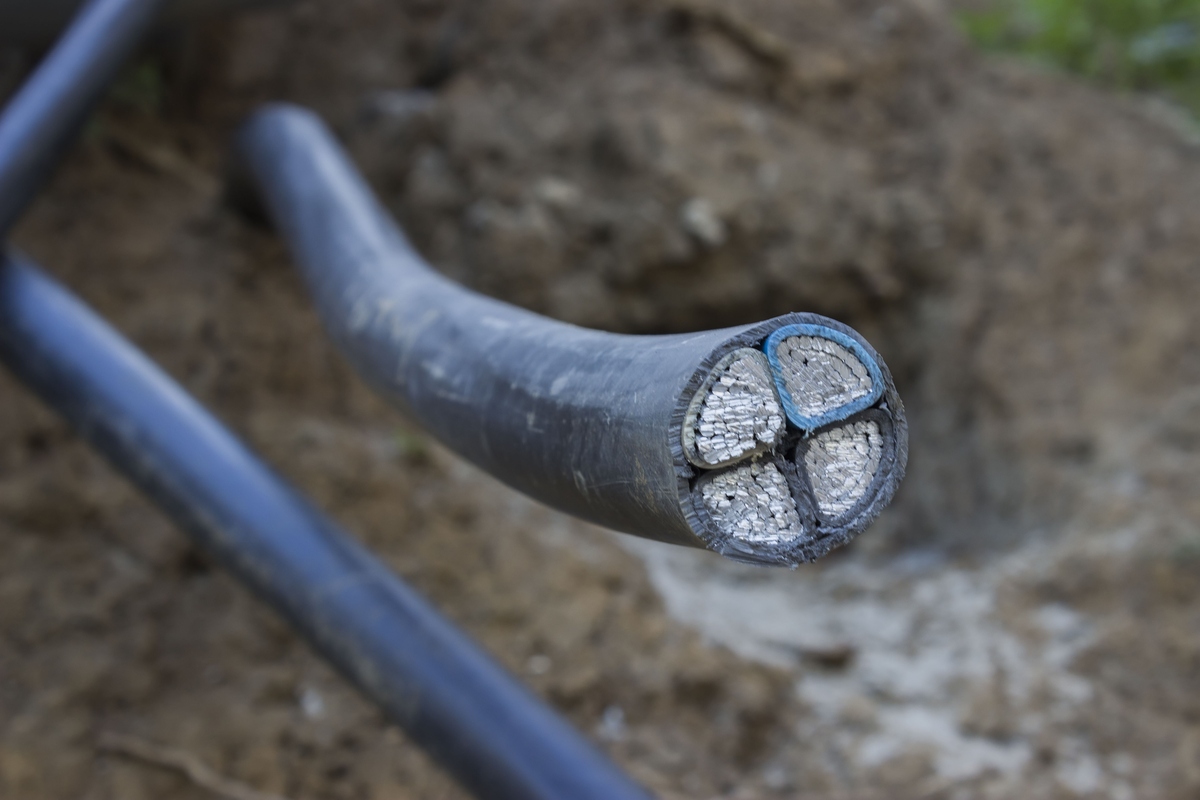
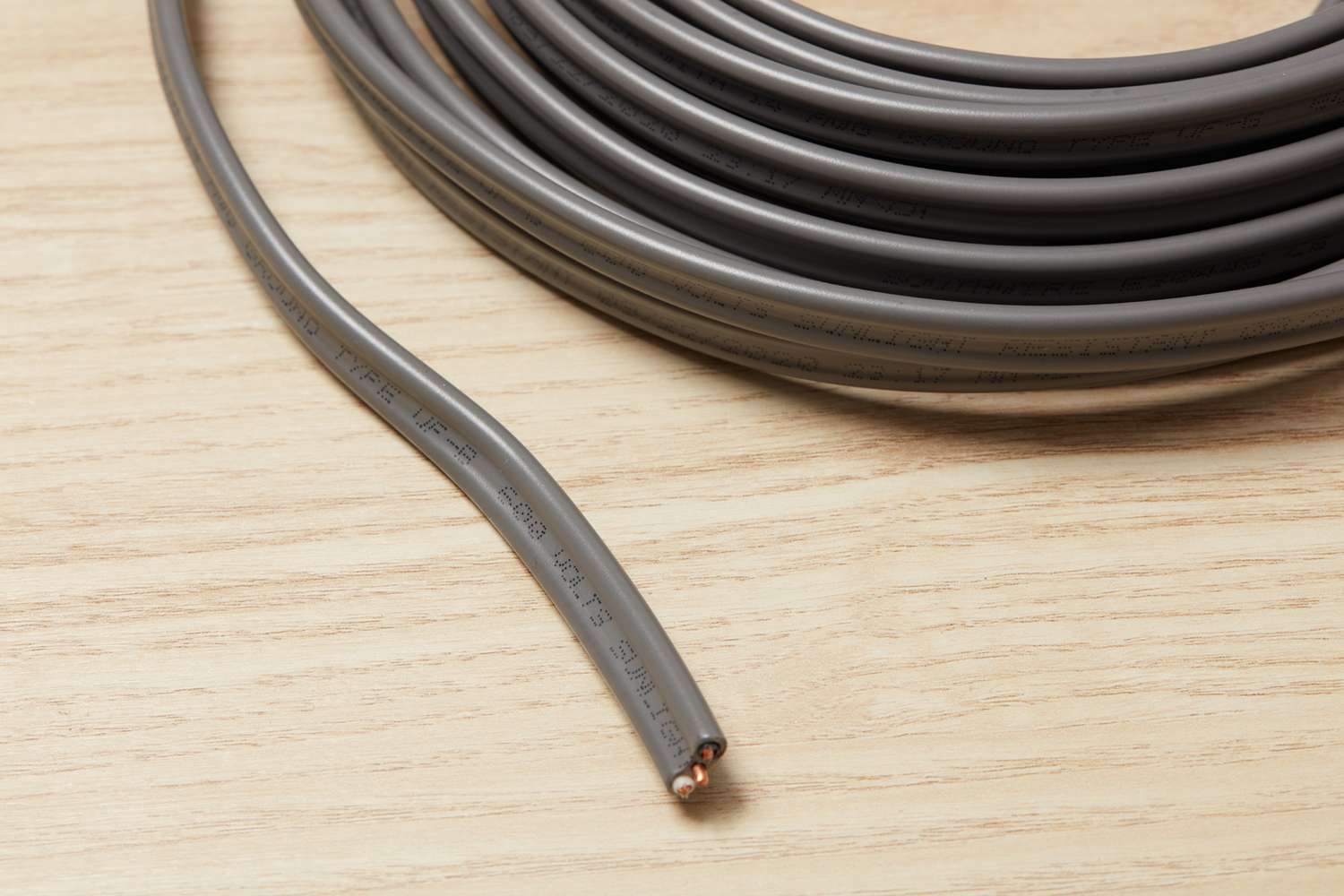
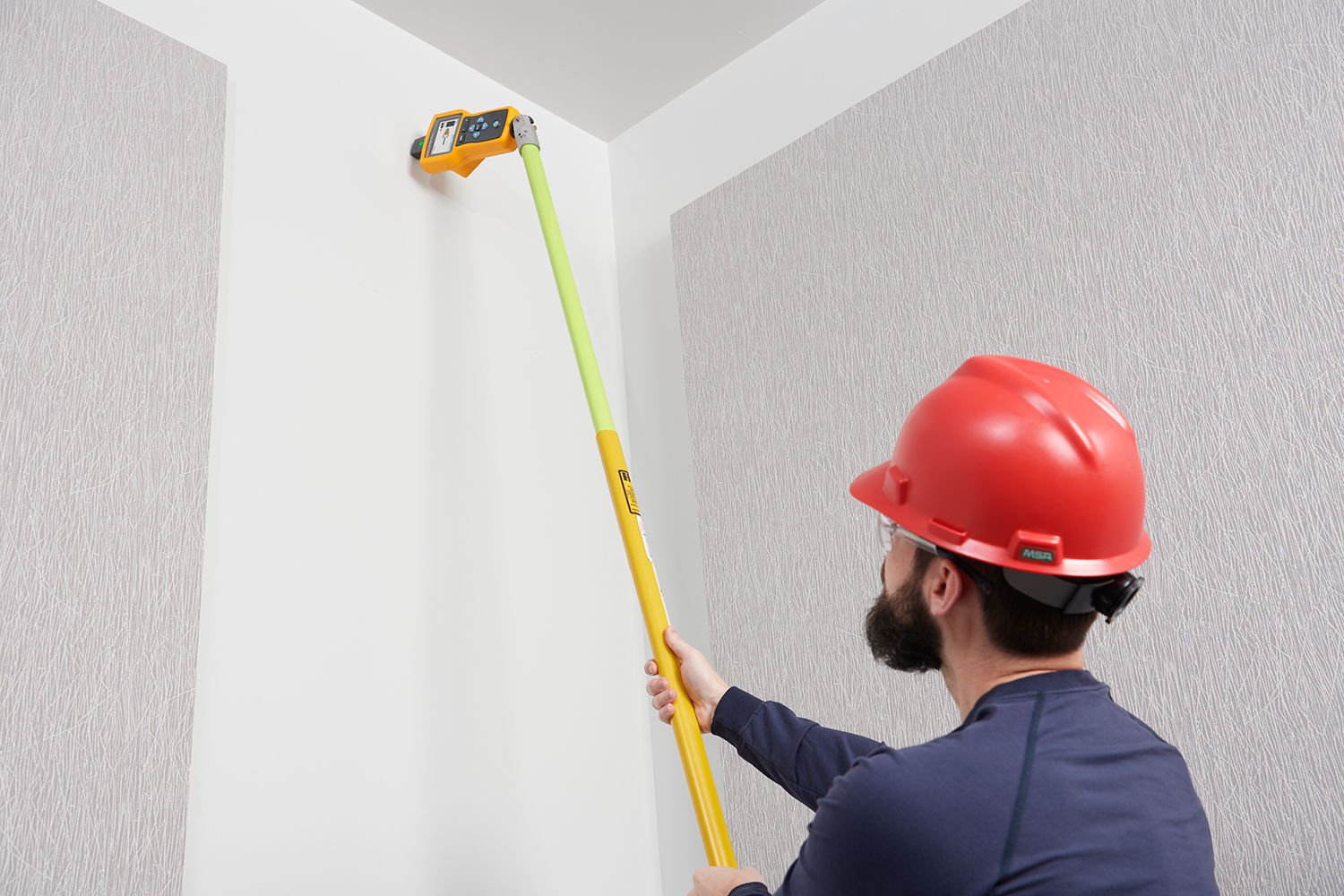
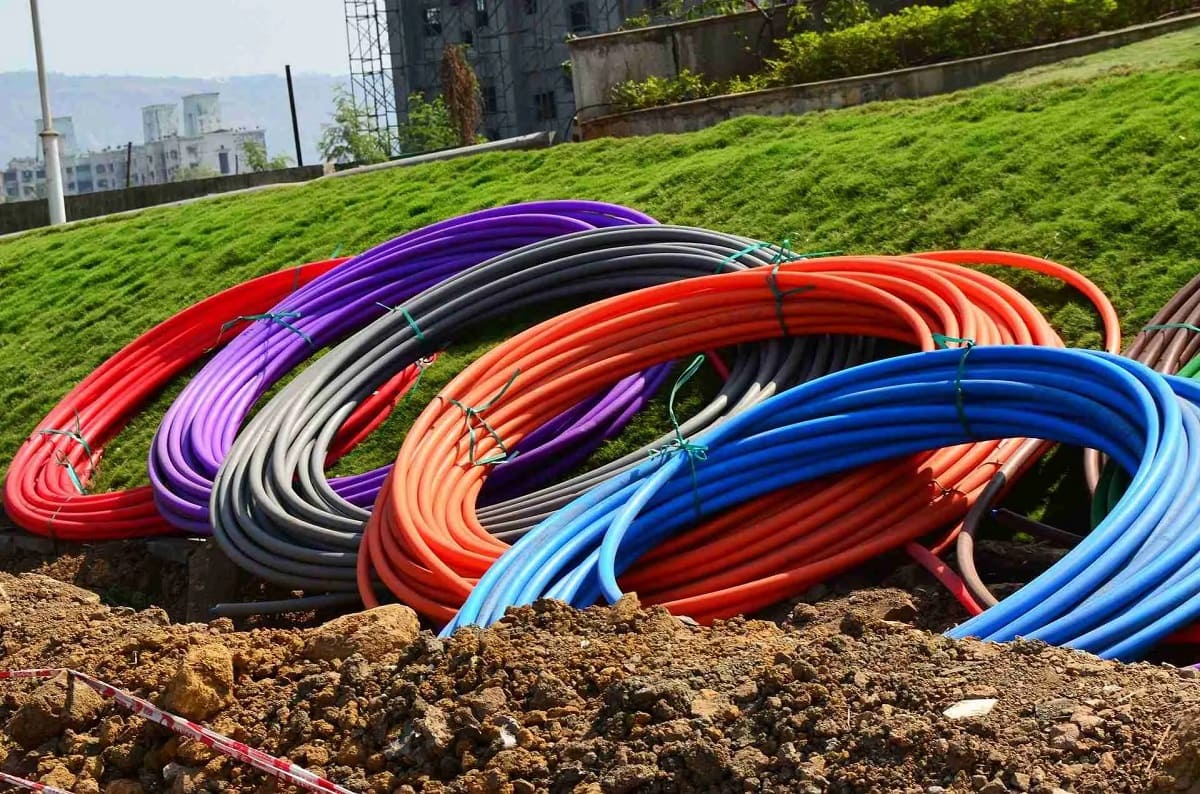
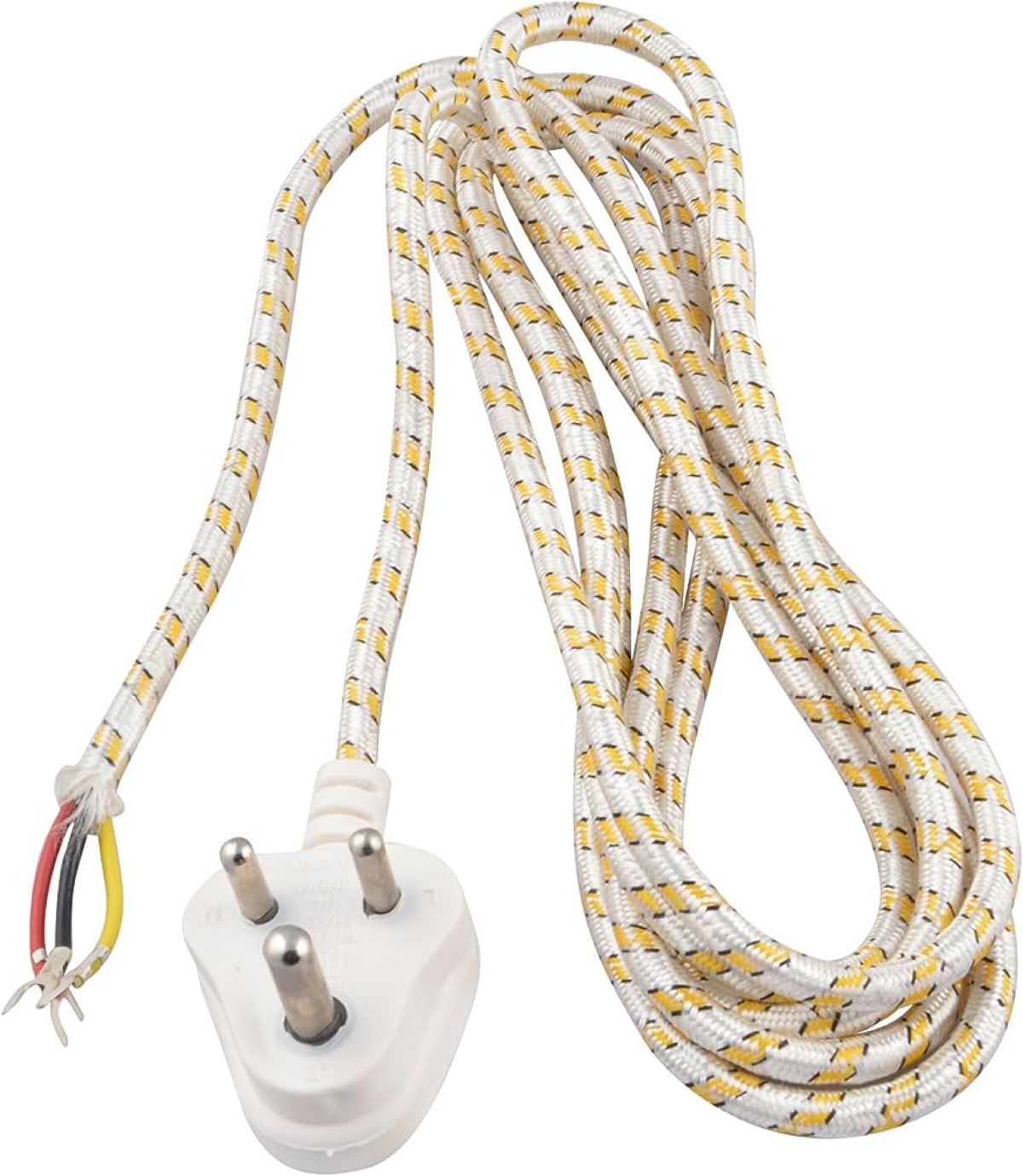
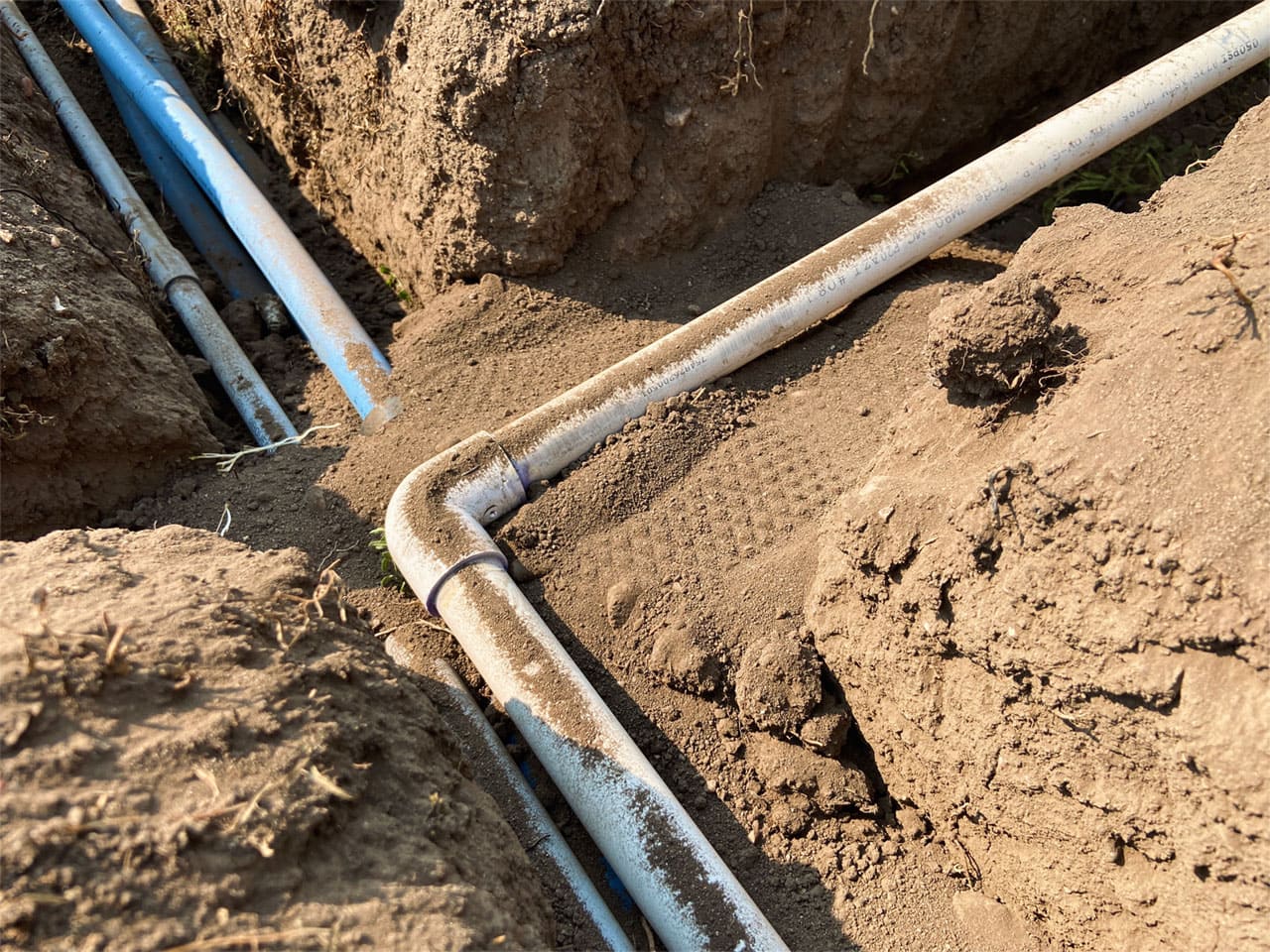
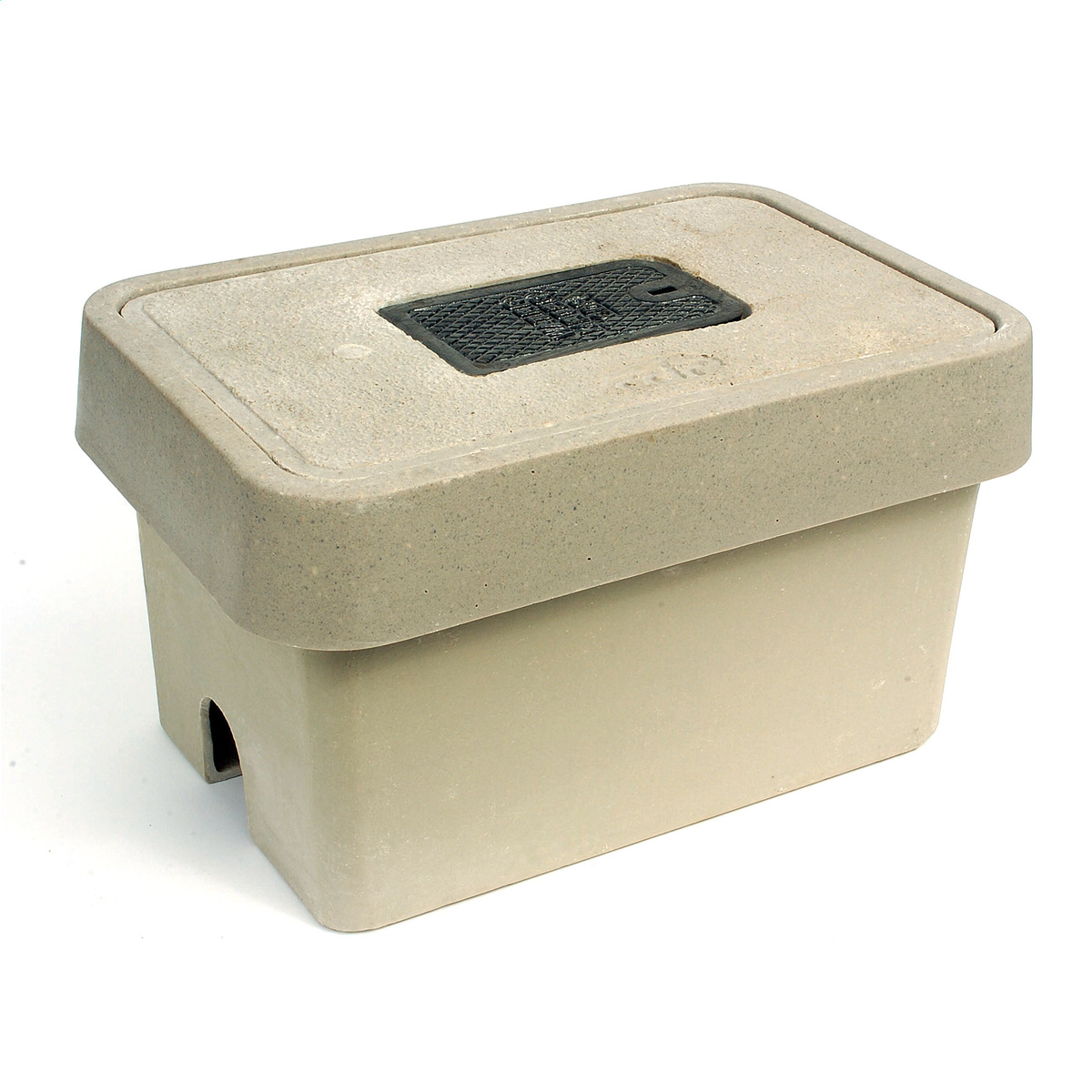

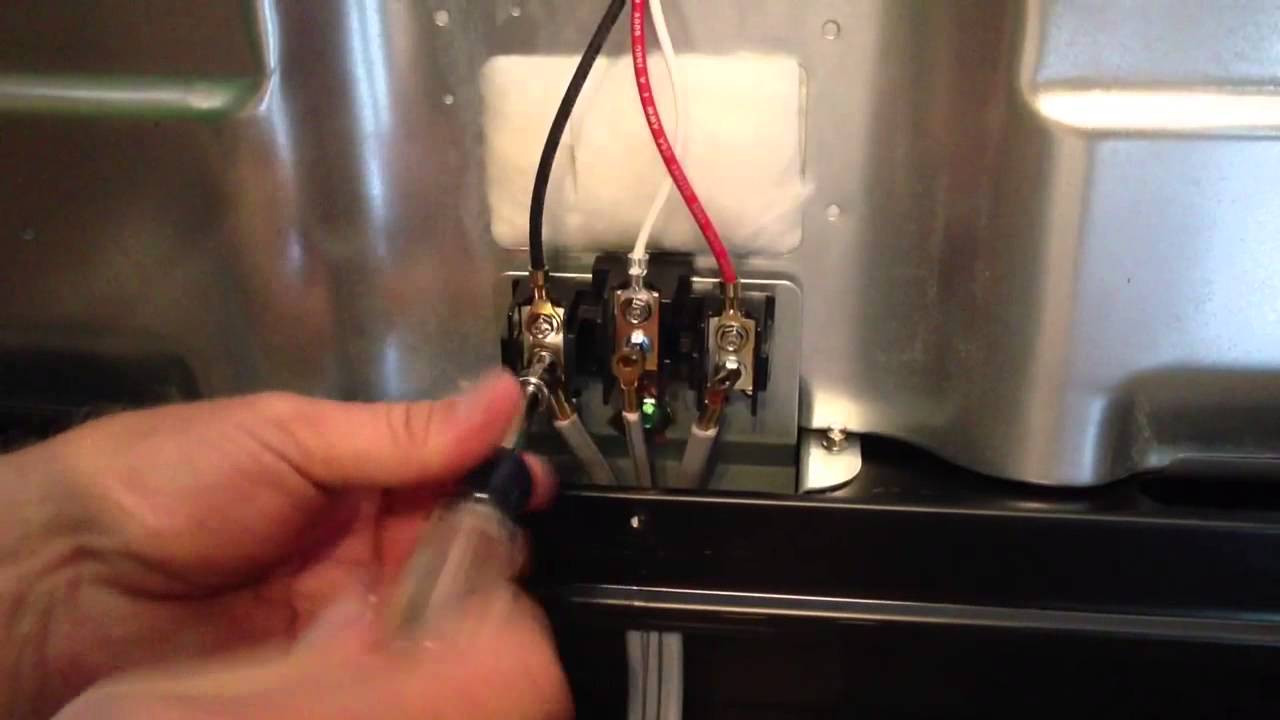
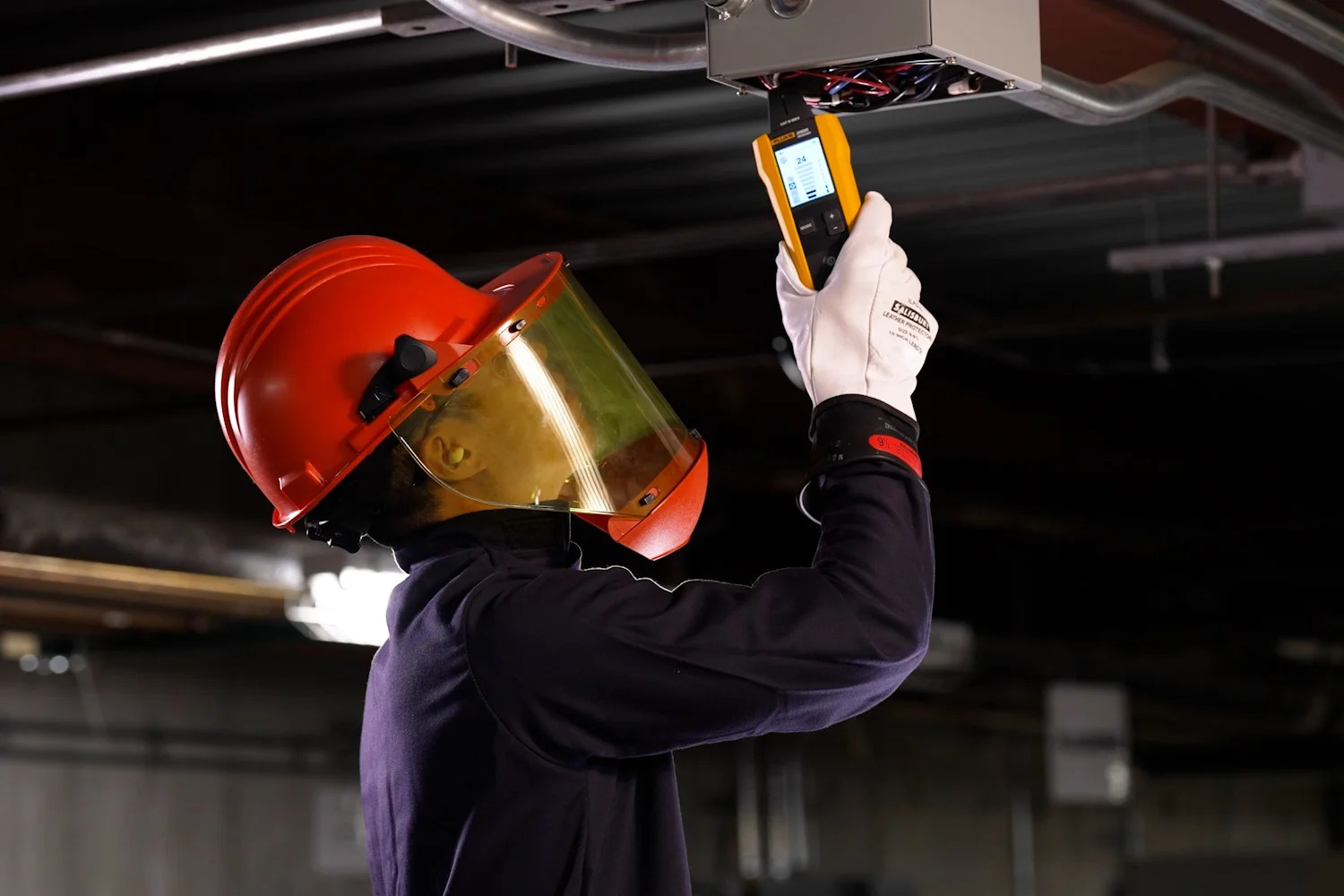
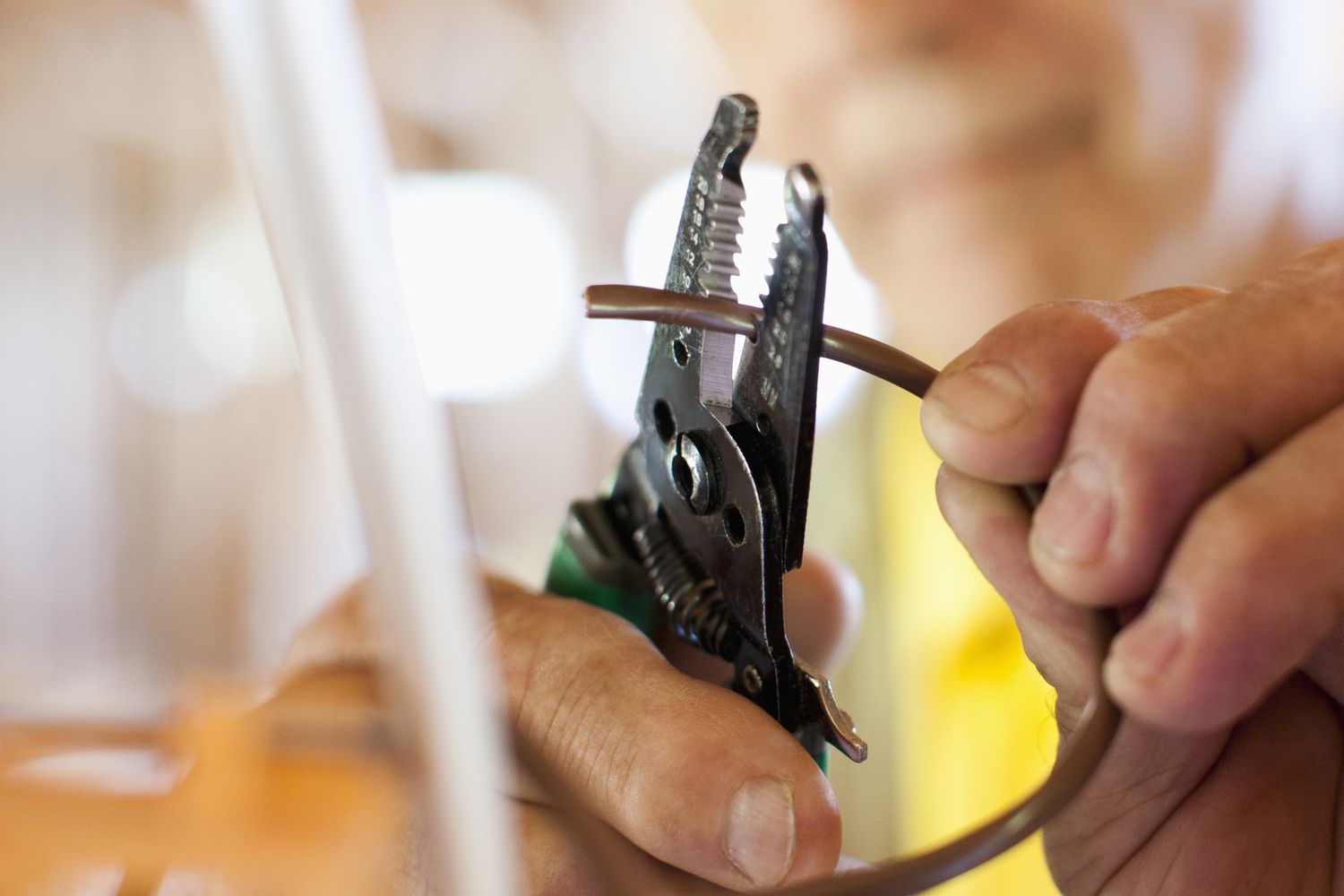
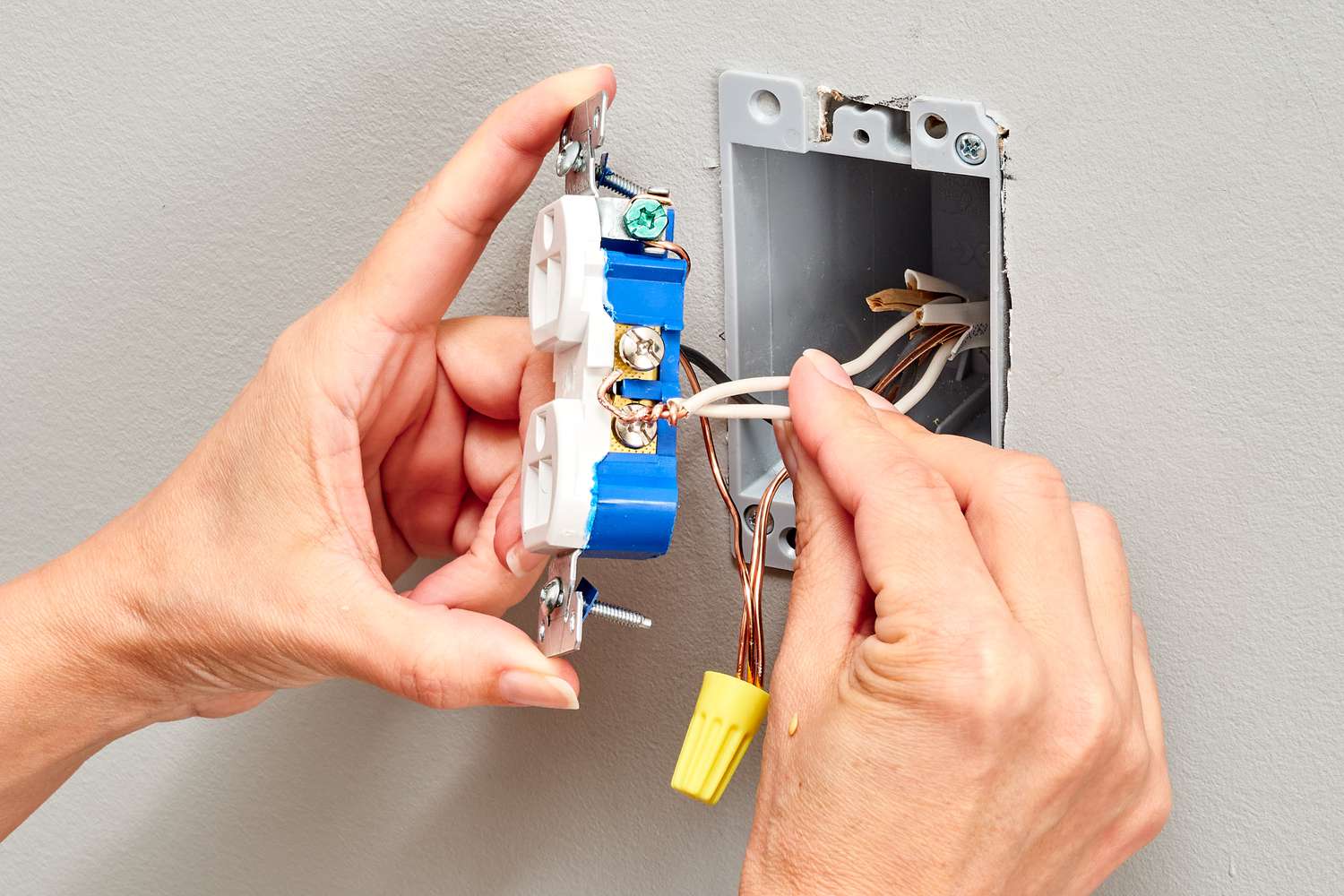
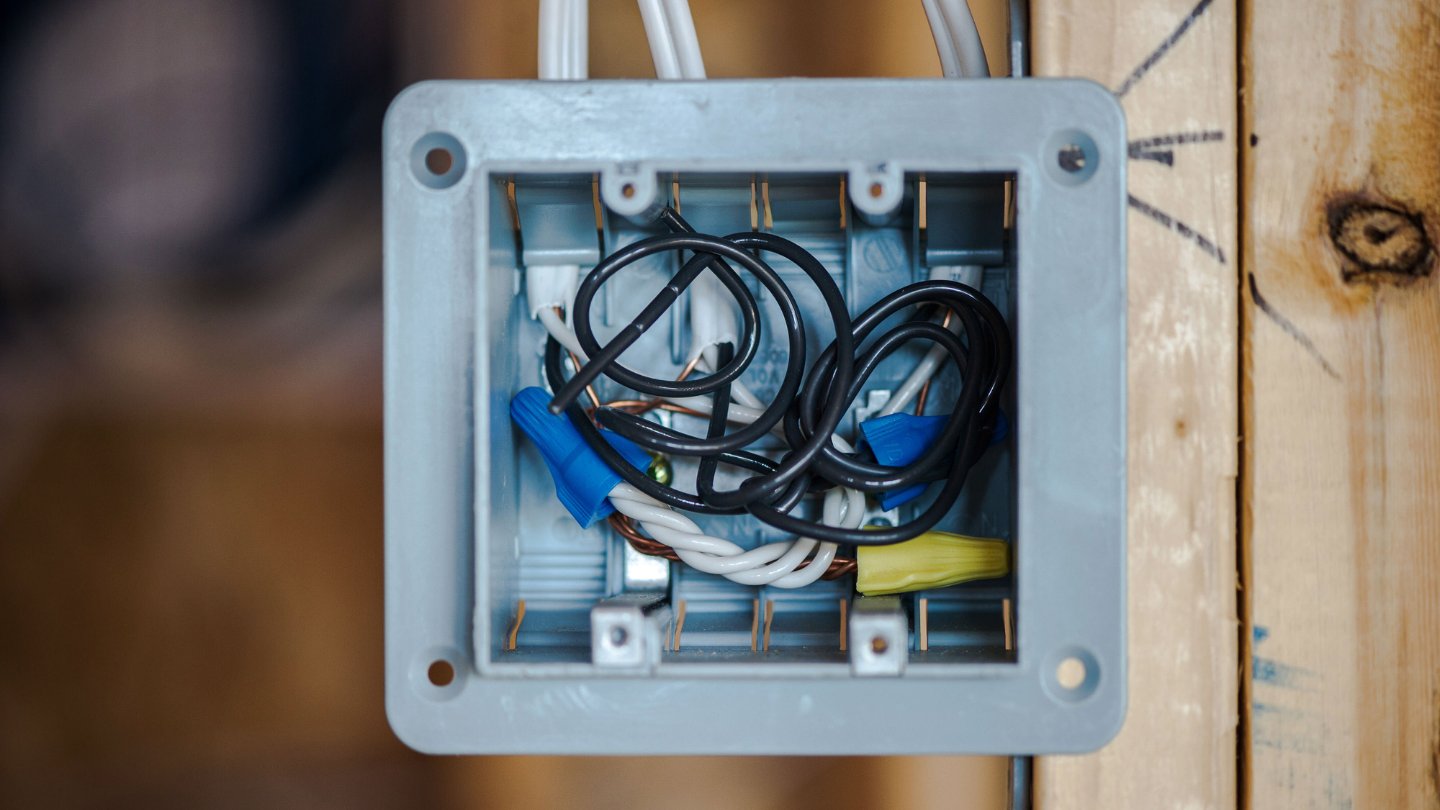
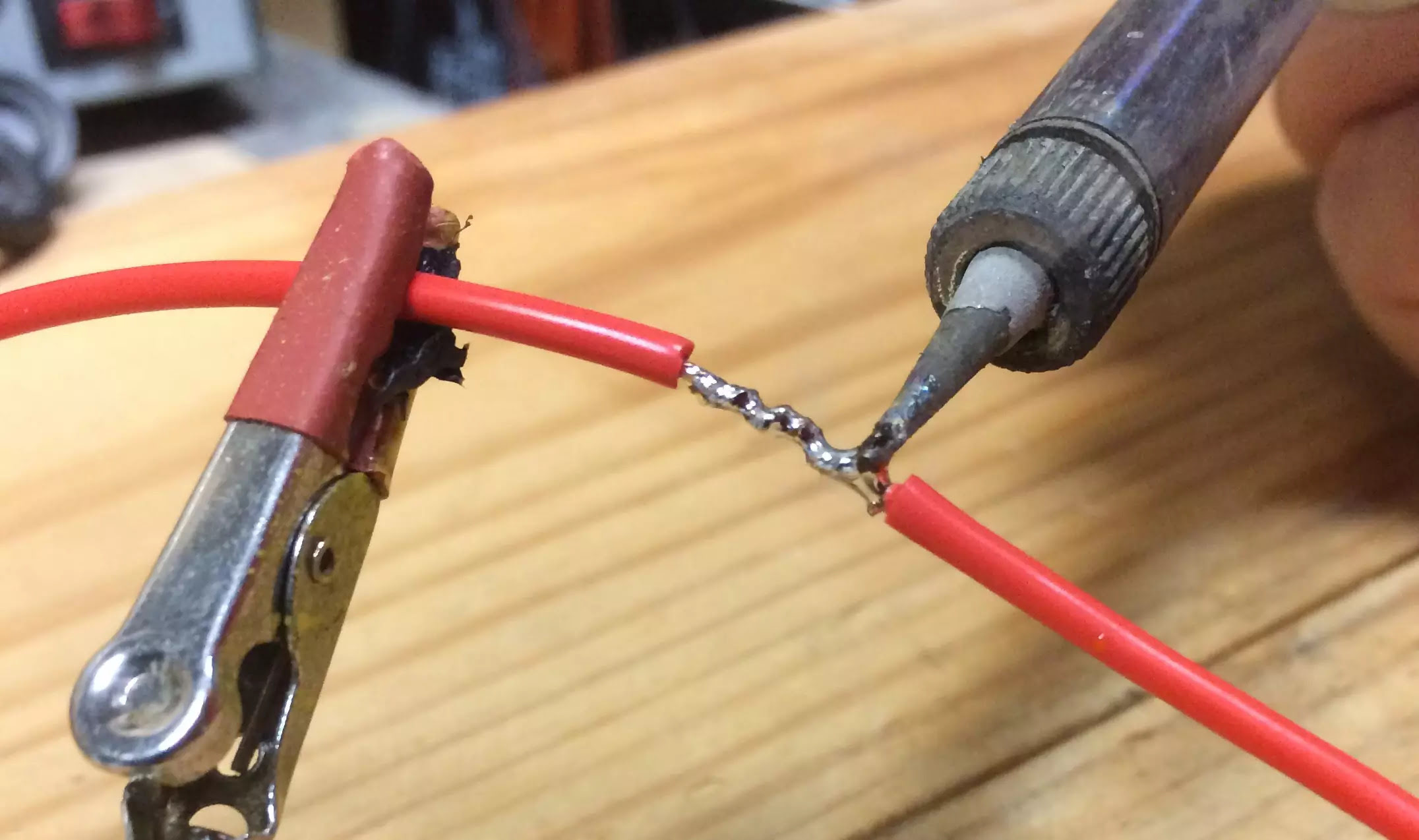

0 thoughts on “How To Find Broken Electrical Wire Underground”